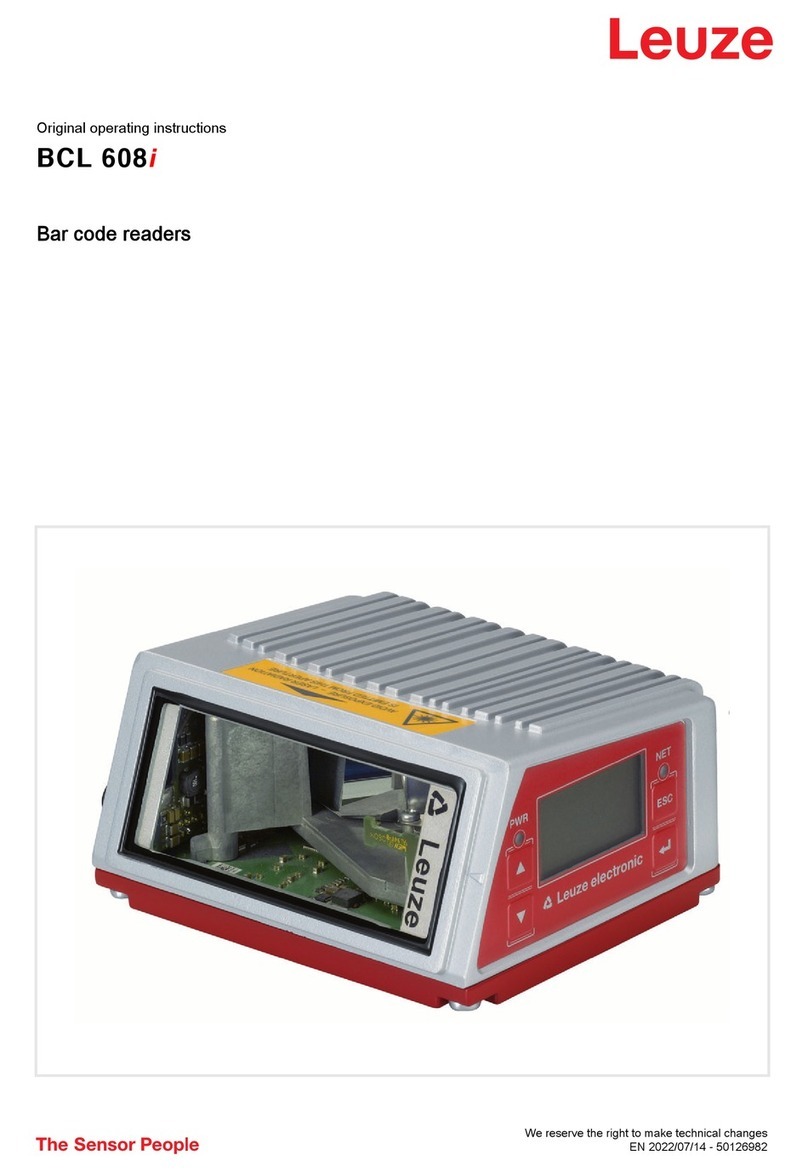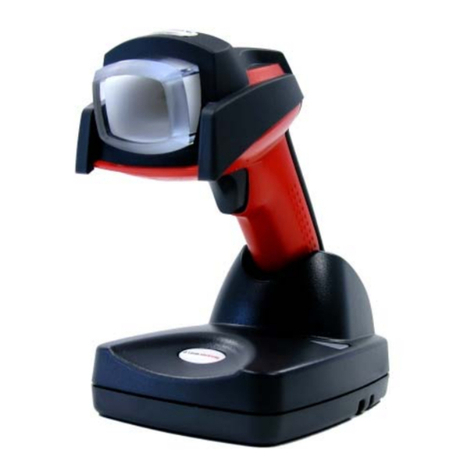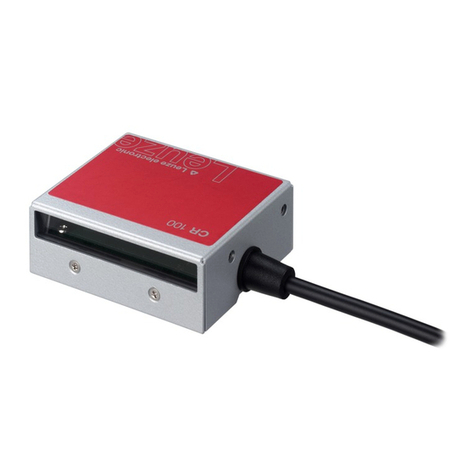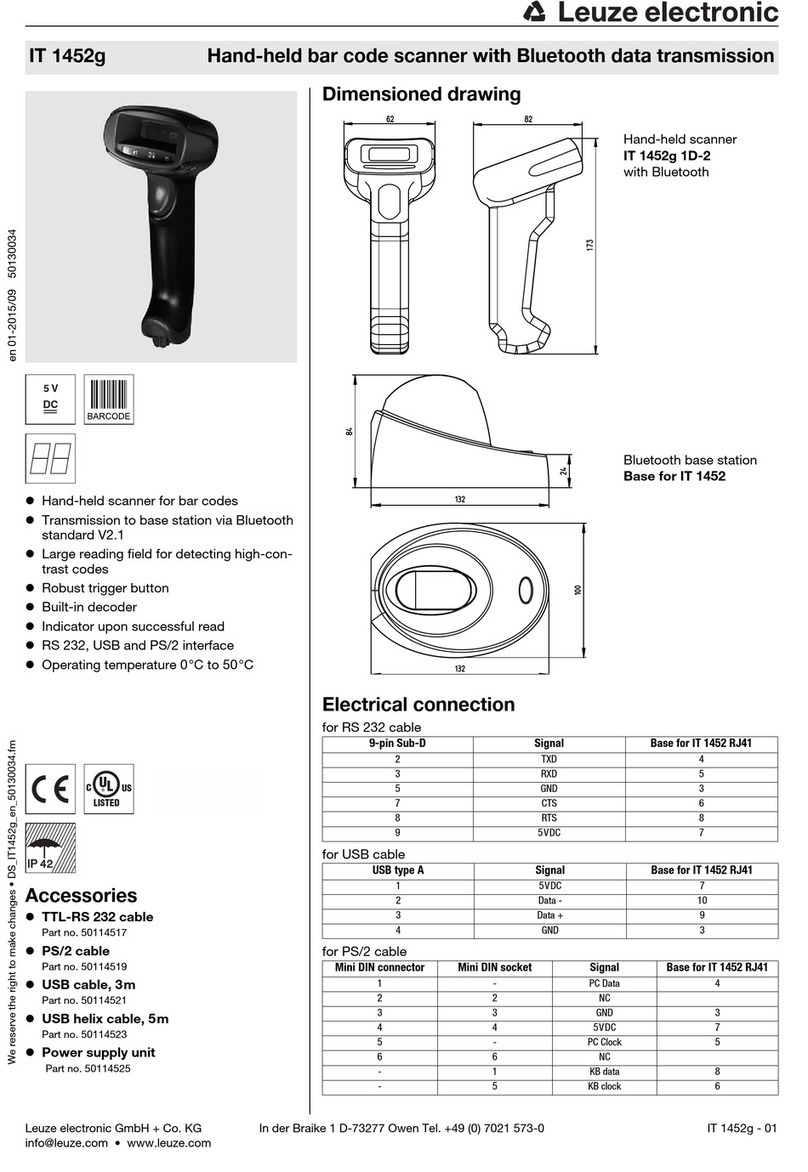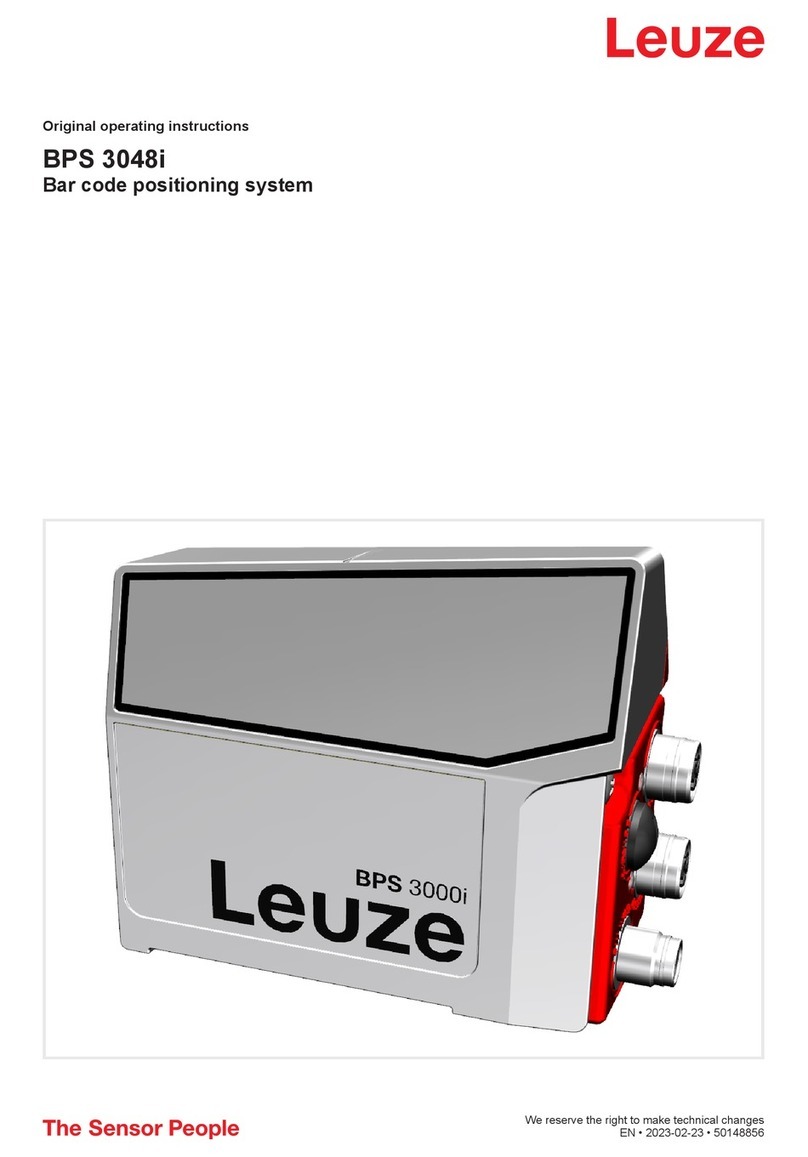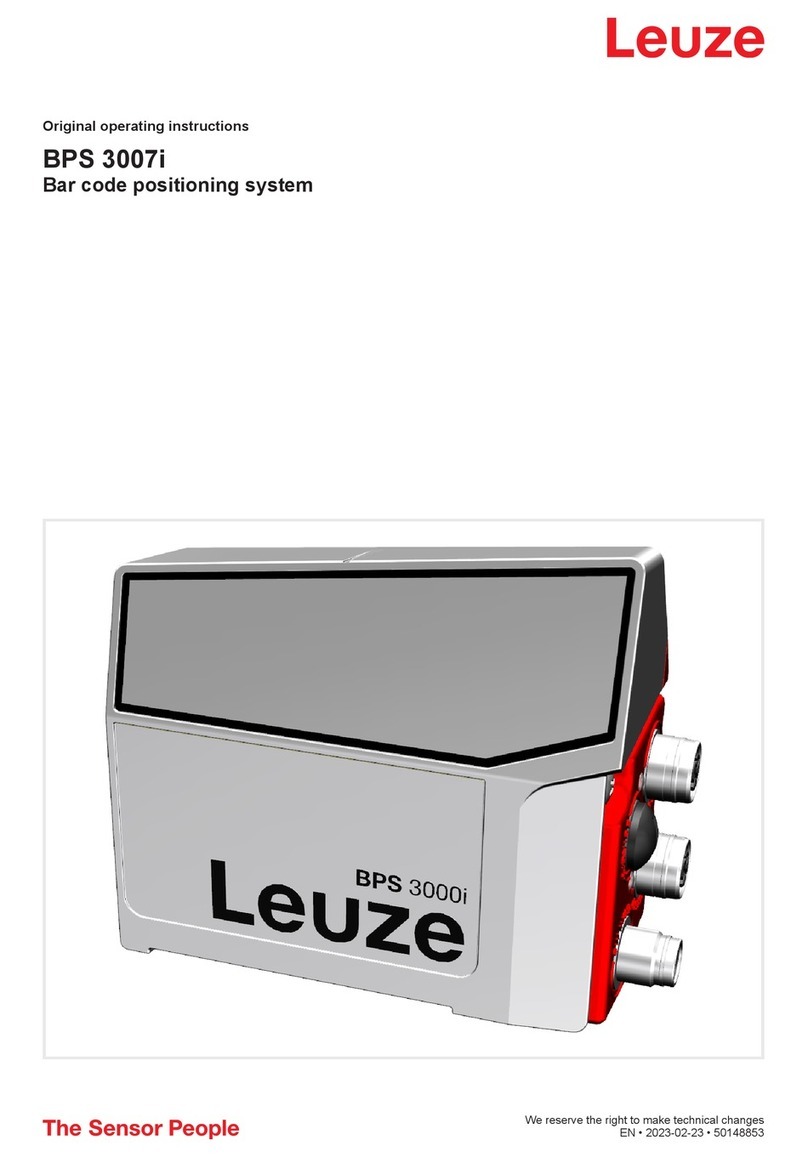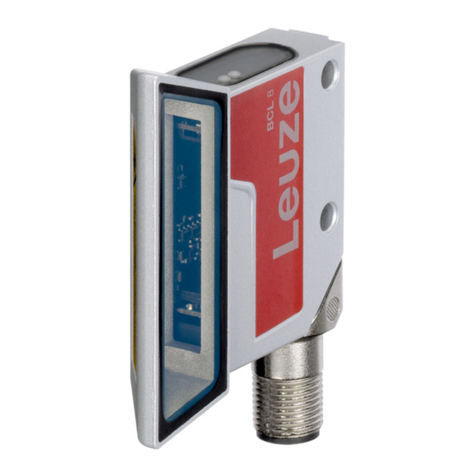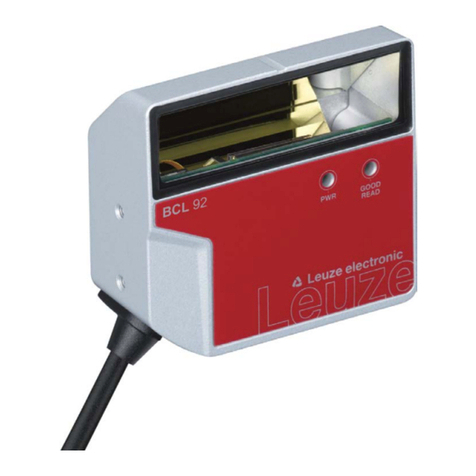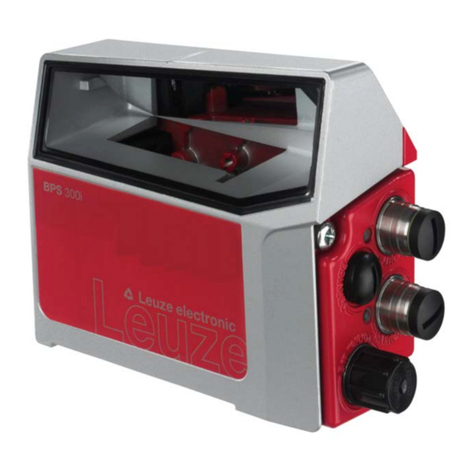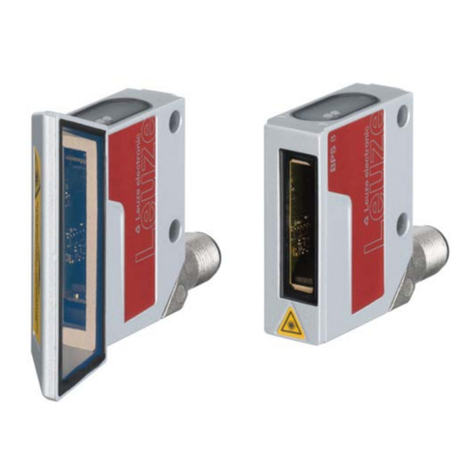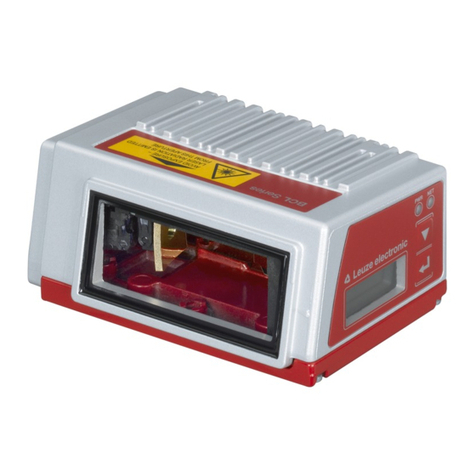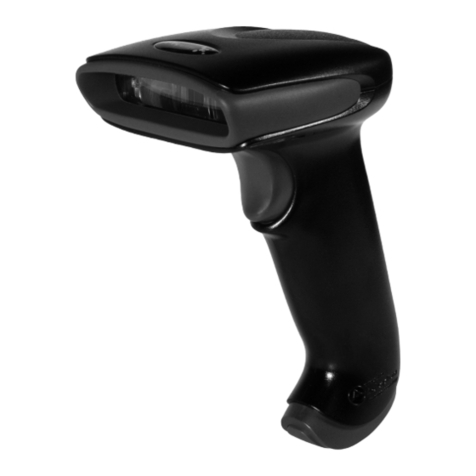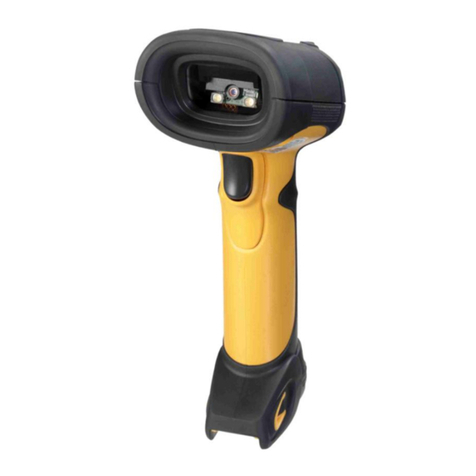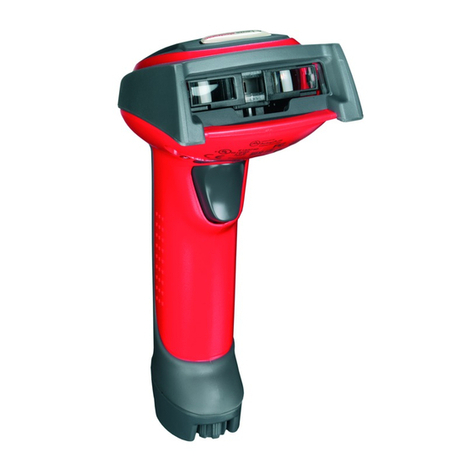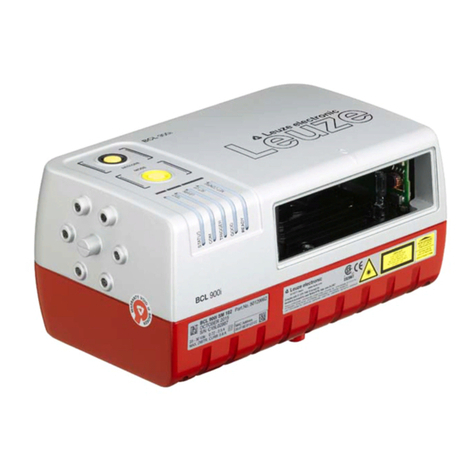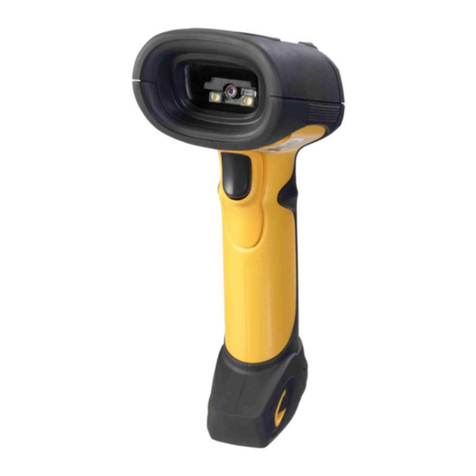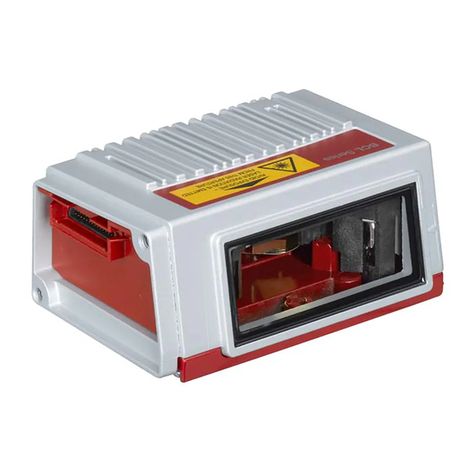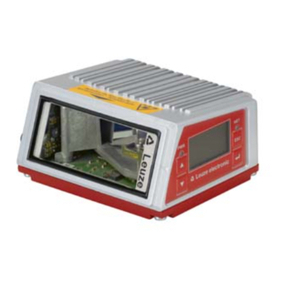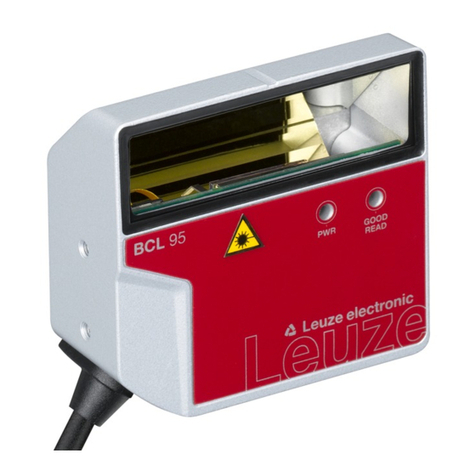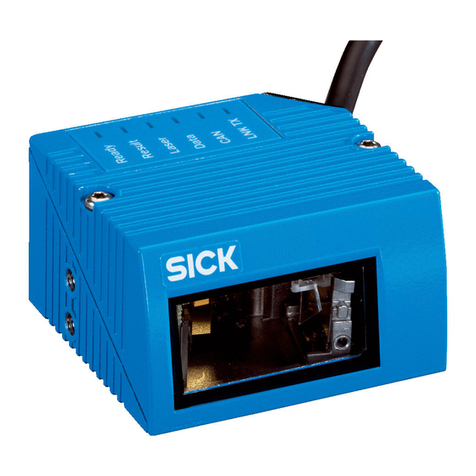
Table of contents
Leuze electronic GmbH + Co. KG DCR 258i 4
7 Electrical connection..........................................................................................50
7.1 Overview ............................................................................................................................... 51
7.2 PWR/SWIO ......................................................................................................................... 52
7.2.1 Voltage supply / switching inputs/outputs / RS232/RS422..............................................52
7.3 HOST - Host input / Ethernet................................................................................................ 55
7.4 Ethernet star topology........................................................................................................... 55
7.5 Cable lengths and shielding.................................................................................................. 57
7.6 Connecting code reader to fieldbus ...................................................................................... 57
7.7 Connecting code reader to MA150 connection unit............................................................. 57
8 Starting up the device – Basic configuration...................................................59
8.1 Measures to be performed prior to the initial commissioning ............................................... 59
8.2 Starting the device ................................................................................................................ 59
8.3 Setting the communication parameters ................................................................................ 60
8.3.1 Manually setting the IP address ........................................................................................60
8.3.2 Automatically setting the IP address .................................................................................61
8.3.3 Address Link Label............................................................................................................61
8.3.4 Ethernet host communication............................................................................................62
8.3.5 RS232/RS422 communication ........................................................................................63
8.3.6 FTP client ..........................................................................................................................63
8.4 Configuration via configuration codes................................................................................... 63
8.5 Activating device functions ................................................................................................... 63
8.6 Performing further settings ................................................................................................... 65
8.6.1 Decoding and processing the read data............................................................................65
8.6.2 Control of the decoding .....................................................................................................65
8.6.3 Activating camera operating mode....................................................................................66
8.6.4 Control of the switching outputs ........................................................................................66
8.6.5 Optimizing reading performance .......................................................................................66
8.6.6 Transfer configuration data ...............................................................................................67
9 Starting up the device – webConfig tool ..........................................................68
9.1 System requirements............................................................................................................ 68
9.2 Start webConfig tool ............................................................................................................. 68
9.3 Short description of the webConfigtool ................................................................................ 70
9.3.1 Change operating mode....................................................................................................70
9.3.2 Menu options of the webConfig tool ..................................................................................71
9.3.3 CONFIGURATION menu ..................................................................................................71
9.3.4 Configuring applications with the wizard ...........................................................................72
10 EtherNet/IP...........................................................................................................73
10.1 Overview ............................................................................................................................... 73
10.2 Manually setting the IP address............................................................................................ 74
10.3 Configuration for a Rockwell control without EDS support ................................................... 75
10.4 Configuration for a Rockwell control with EDS support ........................................................ 76
10.5 EDS file................................................................................................................................. 76
10.6 EDS object classes............................................................................................................... 77
10.6.1 Class1 – Identity object ....................................................................................................77
10.6.2 Class4 – Assembly...........................................................................................................78
10.6.3 Class103 – I/O status and control ....................................................................................84
10.6.4 Class106 – Activation.......................................................................................................86
10.6.5 Class107 – Result data ....................................................................................................87
10.6.6 Class108 – Entry data ......................................................................................................88
10.6.7 Class109 – Device status and device control...................................................................91
10.6.8 Class110 – Device application status and control............................................................91
